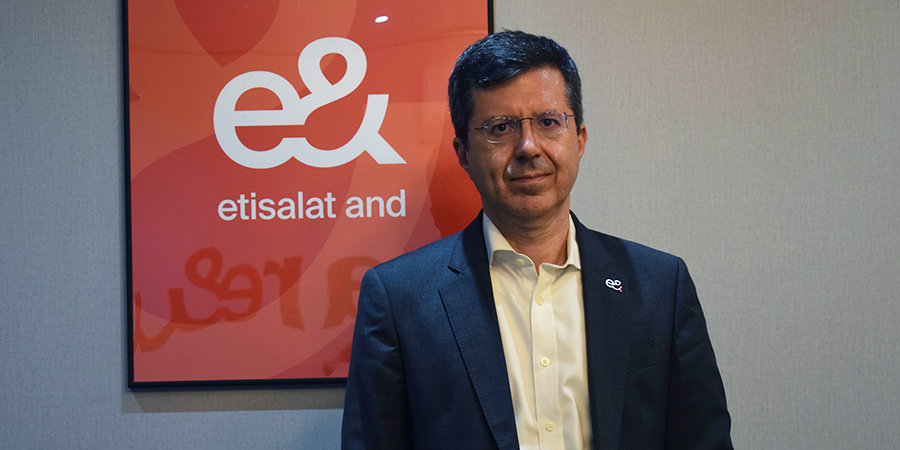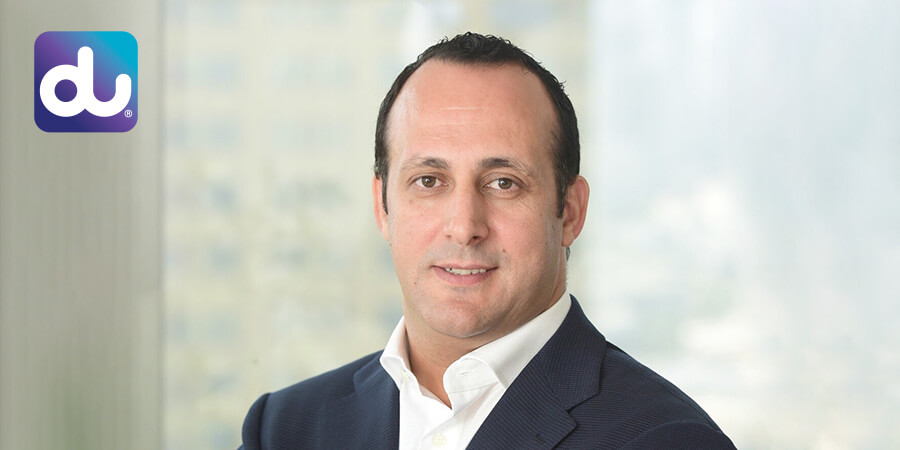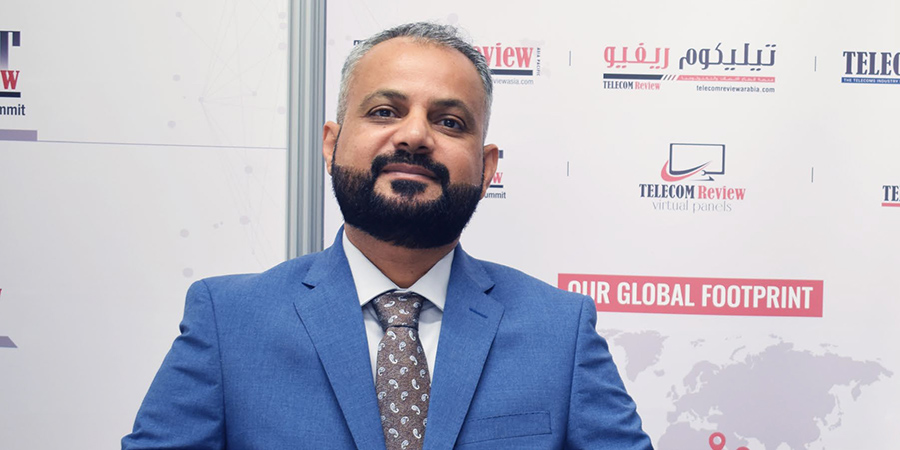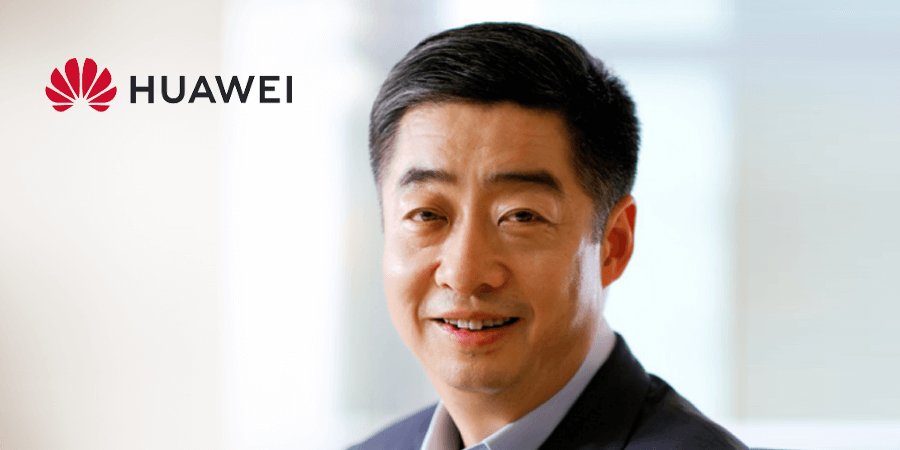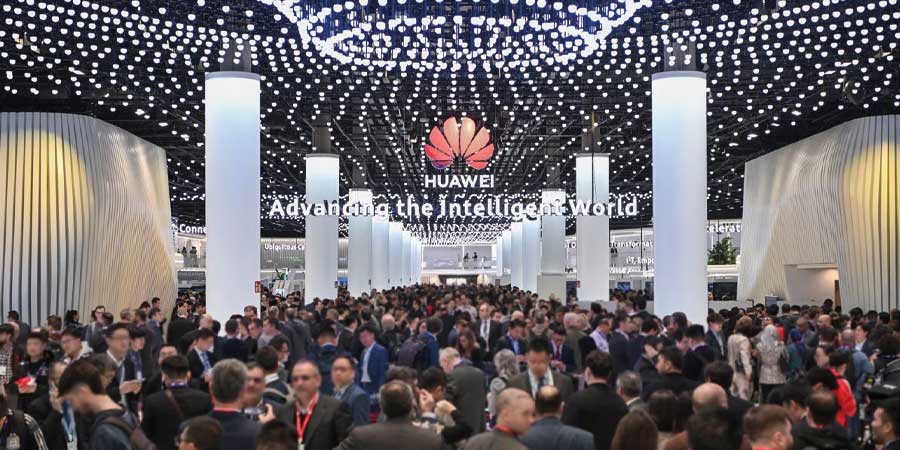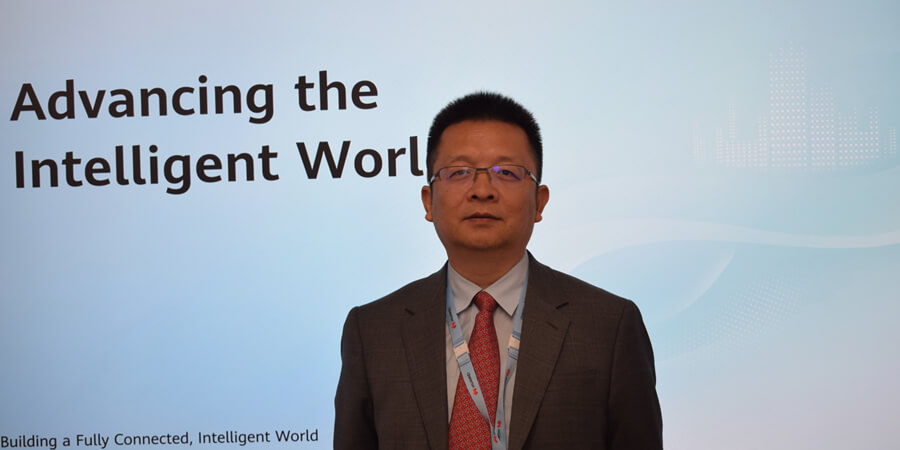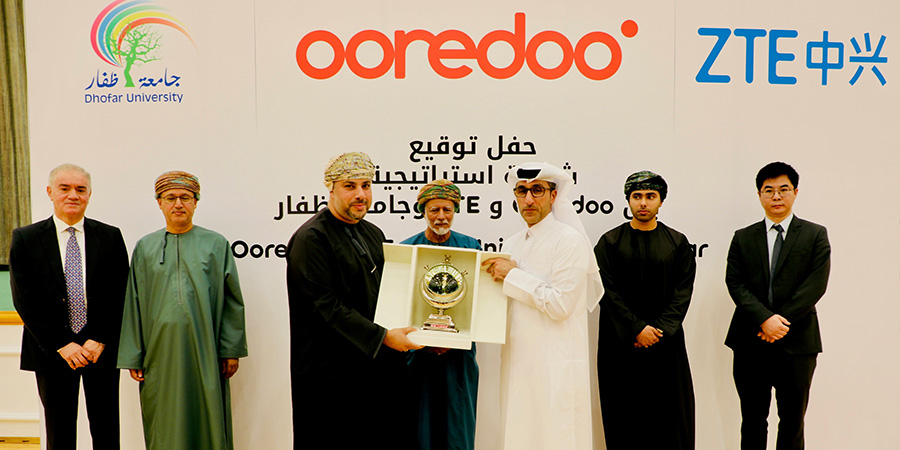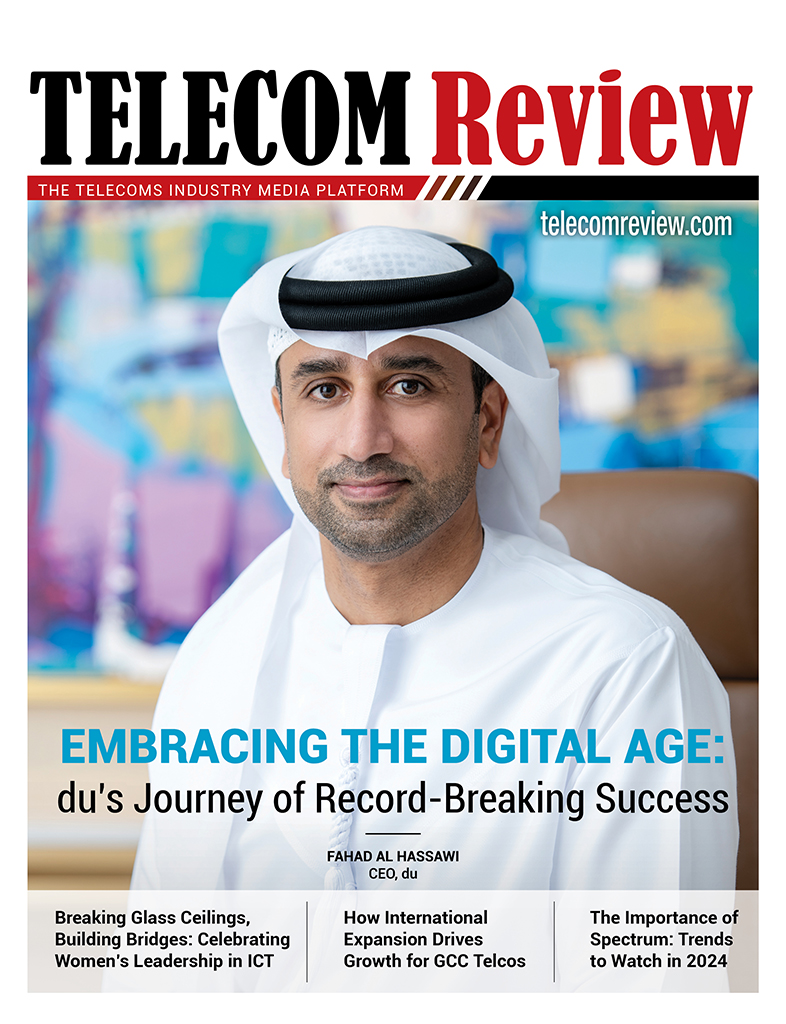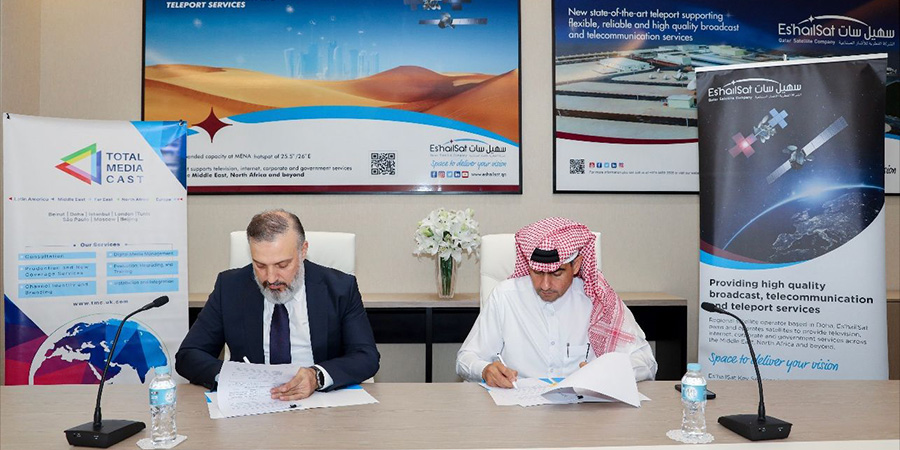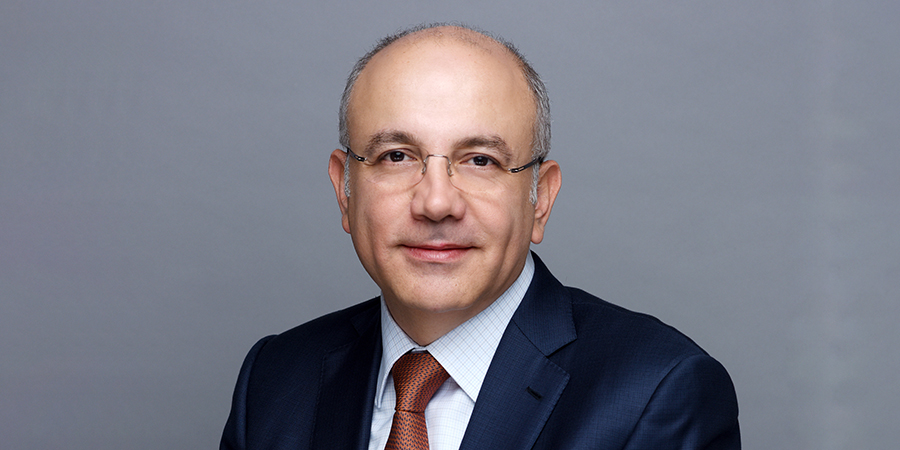R&D and patents are the core of the tech industry, and this why many companies such as Qualcomm, Sony, Apple, Ericsson, IBM, Samsung and others have spent millions and billions on their R&D in order to innovate new technology solutions. It has been not only to bring their own businesses to higher levels, but also for the financial revenues which can be generated.
In 2015, Ericsson won a case against Apple for using its technology over a registered patent, bringing hundreds of millions onto their balance sheet. The Liquid Crystal Display (LCD) and the new White Light Emitting Diode still generate income for Samsung and represent huge patent revenue on many company balance sheets.
As per The US Patent and Trademark Office (USPT), in the year 2014, there were more than 300,000 utility patents. On top was IBM, Samsung, Canon, Sony, Microsoft, Toshiba, Qualcomm and Google. Most were for inventions, rather than designs, where protecting one’s innovation is a must.
This why more requests to the USPT office were re-issued last year, a record high. Such patents allow companies to put their inventions on lockdown for up to two decades.
Many countries are following the US in order to help protect the innovation of local companies and to push for more R&D spend, particularly in Korea, Canada and Japan.





